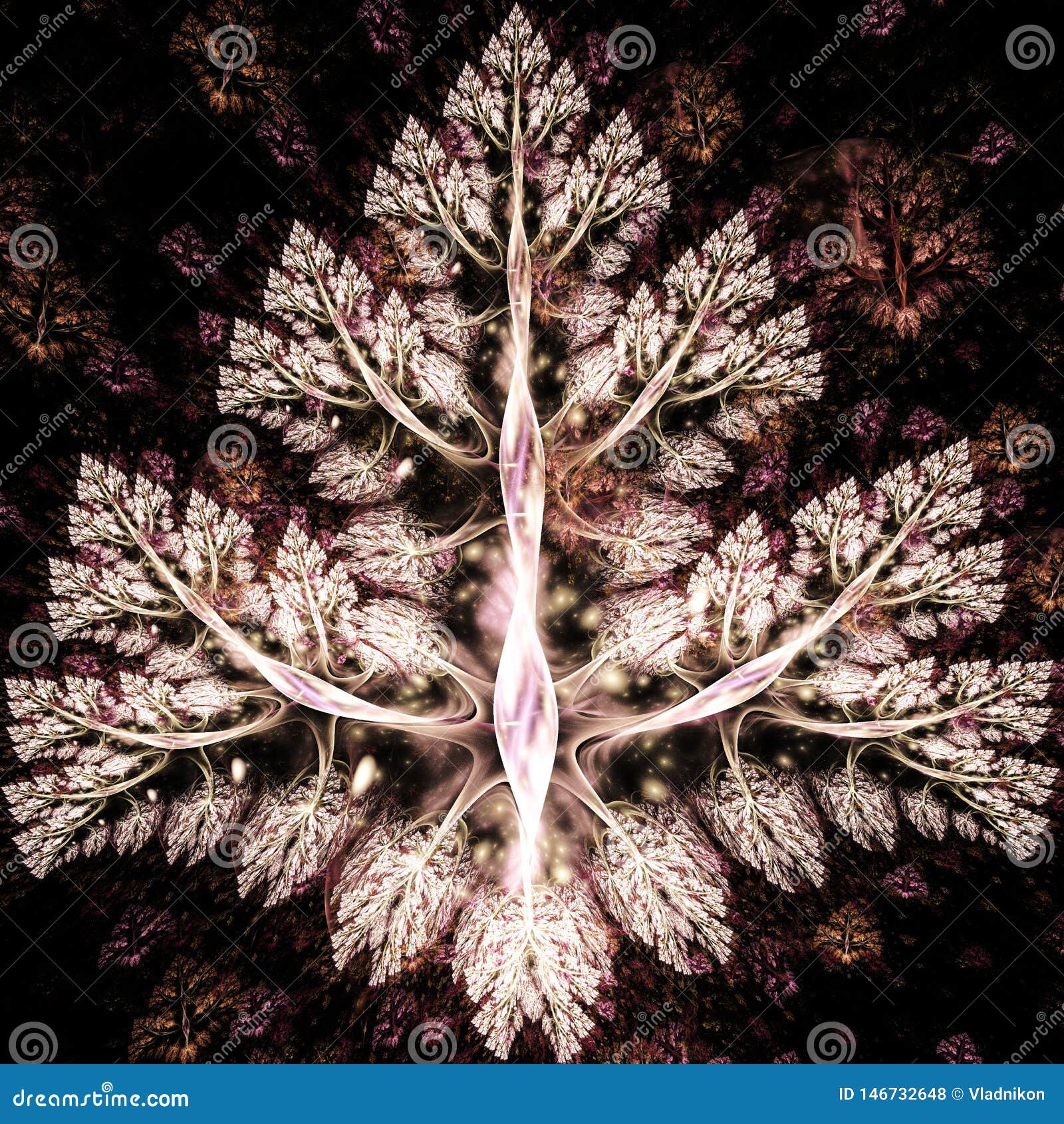

Step 4: Choosing different brush and paint types.Step 3: Adding a base color (a little like a primer coat before painting).Step 2: Accessing Blender’s texture painting panel.So without further ado, let’s take a look at the steps we shall be covering in this texture painting tutorial.

This is very much different to other means of rendering where you incorporate external factors to your scene, such as different lightings, materials and even HDRI backgrounds to replicate real-world conditions.

In essence, we’re physically adding the texture, shadows and colors onto the model, so the render engine uses that data to generate the render. Of course, there is an other option, where you can download your UV texture and edit that externally using photo editing tools like Photoshop or Gimp, and then re-upload to your 3D model. Grant Abbitt texture paint of a tomb stone – check out his Youtube Channel here Alternatively, you can physically paint over your model which then transposes over your UV textures. What Is Blender Texture Paint?Īs the name suggests, Blender’s texture paint is a built-in paint feature designed to physically paint over your UV textures, which then transposes onto your model. In essence, this is a starting guide and using a basic model will likely get the message across which you can then replicate on more complex shapes and geometry.
BLACKSMITH3D TEXTURE PAINTING ACROSS GEOMETRY HOW TO
The assumption here is that if you are a decent to good modeller, then you likely know how to texture paint.


 0 kommentar(er)
0 kommentar(er)
